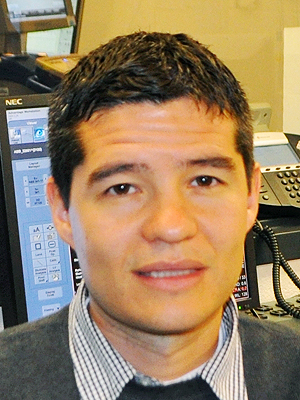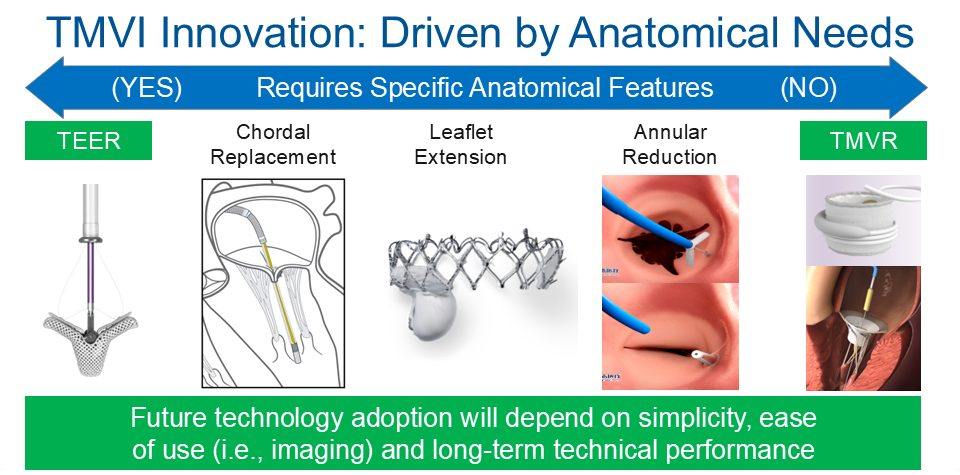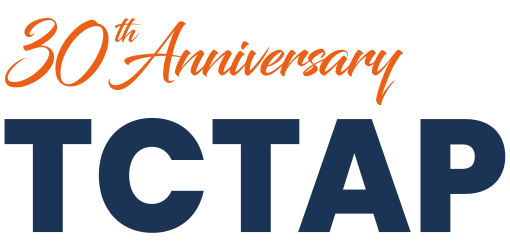
Juan F. Granada
Cardiovascular Research Foundation, USA
At TCTAP 2025, during the Ī░Mitral and Tricuspid InterventionĪ▒ session held on April 25, Dr. Juan F. Granada (Cardiovascular Research Foundation, USA) delivered a compelling presentation titled Ī░Transcatheter Mitral Valve Intervention: What Is Next?Ī▒ His lecture offered a comprehensive review of recent innovations in mitral valve therapies and addressed the clinical limitations of current approaches while presenting an optimistic view of evolving transcatheter solutions.
He began by outlining the historical progression from surgical mitral valve repair/replacement (dating back to the 1960s) to current transcatheter mitral edge-to-edge repair (M-TEER). He emphasized how iterative innovations have expanded treatment indications, including valve-in-valve, valve-in-ring, and secondary MR (SMR) in high-risk patients.
He highlighted the complexity of MR cases, particularly among patients with severe mitral annular calcification (MAC), multiple cleft leaflets, or bioprosthetic failure. These anatomies often render patients unsuitable for M-TEER, necessitating new TMVI platforms.
He pointed out that while TEER remains a safe and effective option, especially in high-volume centers, it has shown reduced efficacy in complex anatomies and higher residual MR rates in low-volume centers. He presented future directions involving augmentation devices and leaflet extensions, along with refined imaging tools and device reversibility mechanisms.
A significant portion of the lecture focused on the emerging transcatheter mitral valve replacement (TMVR) systems, such as Cephea, AltaValve, Tioga, and Intrepid. He reviewed early feasibility and pivotal study outcomes, comparing rates of surgical conversion, vascular complications, bleeding, and 1-year mortality across different platforms. Among them, Cephea demonstrated notable procedural success and safety, supporting its role in non-surgical, anatomically challenging patients.
He concluded by identifying key hurdles to TMVR adoption—namely, high screen failure rates, anatomical variability, and frailty concerns. However, ongoing advancements in device adaptability, delivery systems, and ancillary procedural tools are steadily addressing these barriers.
Dr. GranadaĪ»s presentation reinforced the notion that next-generation TMVI technologies must be patient-centric, anatomically versatile, and outcome-driven. His forward-looking perspective underscored the potential of TMVI to reshape the management of mitral regurgitation in the coming decade.

Mitral and Tricuspid Intervention
Friday, April 25, 10:30 AM-12:15 PM
Valve & Endovascular Theater, Level 1
Edited by

Cheol Hyun Lee, MD
Keimyung University Dongsan Medical Center, Korea (Republic of)
